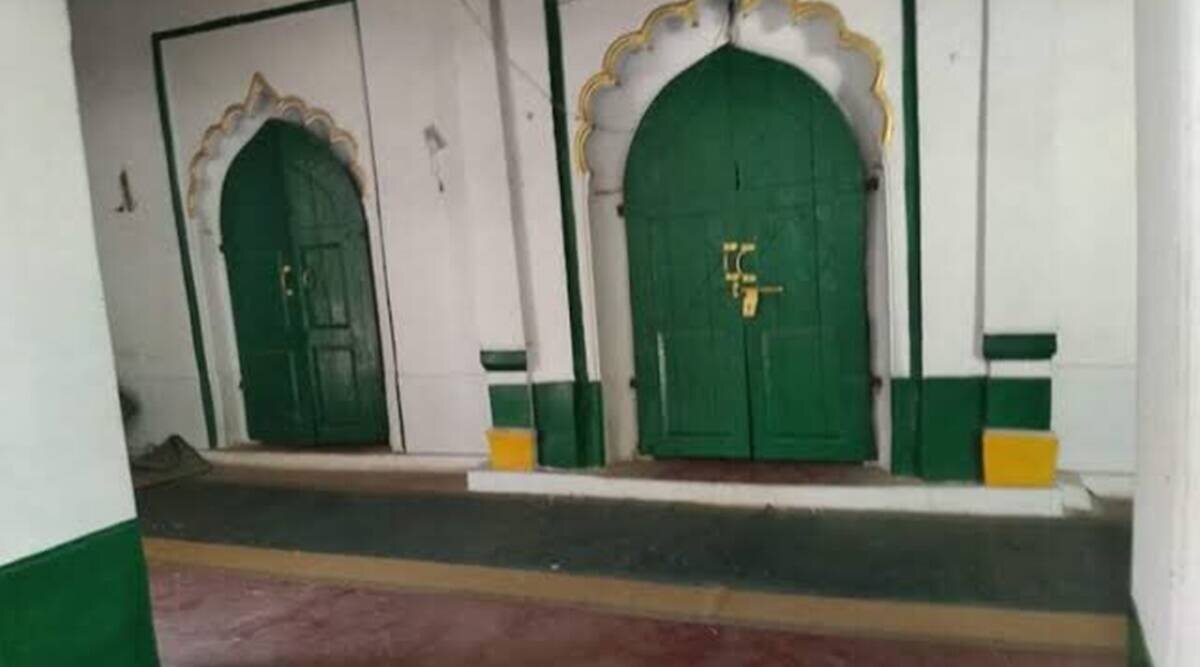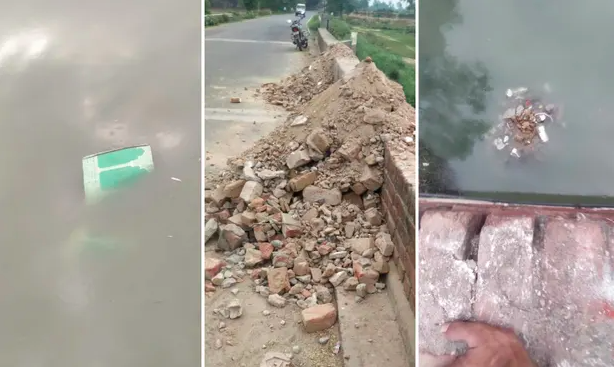Anekta Mein Ekta, Hind ki Visheshta (Unity in Diversity, What's Special About India)
By Swati Garg, Board Member, Hindus for Human Rights
THE HINDUS FOR HUMAN RIGHTS BLOG IS A SPACE FOR A HEALTHY EXPLORATION OF IDEAS PERTINENT TO OUR MISSION. THE VIEWS AND OPINIONS EXPRESSED IN THIS BLOG ARE THOSE OF THE AUTHOR AND DO NOT NECESSARILY REFLECT THE OFFICIAL POLICY OR POSITION OF HINDUS FOR HUMAN RIGHTS.
In September 2020, the Supreme Court of India acquitted all those who were accused in the Babri Masjid demolition case; an act it had deemed illegal in its November 9th 2019 ruling.
On May 17th, 2021 a century-old mosque in Uttar Pradesh, the Ghareeb Nawaz Al Maroof Mosque, was illegally demolished by government officials flouting court orders.
A place of worship is not merely a religious or holy site, but a place we go to seek refuge, guidance and peace. When we destroy a place considered sacred by any community, we deny that community the right to assert or practice their faith. The demolition of yet another mosque in the state of Uttar Pradesh, is not just the razing of a place of worship, but an attack on the idea of India as a place where people of faith, all faiths, are respected and safe. Indeed, this demolition is an onslaught on India’s Constitution, which states that India is a secular country.
In 1992, when Hindu extremist mobs leveled the 500 year old Babri Masjid, they chanted, “Kashi Mathura Baaqi Hai.” (The mosques in Kashi and Mathura will be next.)
Indeed, evidence suggests that the Shahi Idgah mosque in Mathura and the Gyanvapi mosque in Varanasi are the next targets for demolition by the Indian government. The Archaeological Survey of India (ASI) has been asked to confirm if there were temples on the sites where the Shahi Idgah and Gyanvapi mosques stand today and also whether idols of Lord Krishna were moved from Mathura to Agra and buried in a mosque there. These developments bear strong resemblance to the series of events that led to the destruction of Babri Masjid, which was followed by some of the worst communal riots in the history of India.
The message from this Hindutva government is loud and clear: Mandir and Masjid (temple and mosque) cannot co-exist. Mosques will be razed for temples to rise.
There was no conclusive evidence that there was a Hindu temple on the site of Babri Masjid. There is much more evidence to support the claim that a Hindu temple was destroyed by the Mughal Emperor Aurangzeb in 1696, and the Gyanvapi mosque stands in its place.
The Gyanvapi mosque has been a place of worship for Indian Muslims for over 300 years. Even if it was built on the site of a destroyed Hindu temple, destroying the mosque to build yet another temple will only result in bloodshed. Two wrongs don’t make a right.
Sage Bhringi was a devotee of Lord Shiva. He wished to circumambulate Lord Shiva to pay his respects. Shiva’s consort, Devi Parvati, asked Sage Bhringi to go around her too, but he refused. Parvati was sitting on Shiva’s lap, but the clever Bhringi took a bee’s form so that he could circumambulate just Shiva. In response, Parvati merged herself with Shiva and together they assumed the form of Ardhanareeswara (half male, half female). In Hindu thought, Shiva and Parvati, the female and male divine, may seem distinct, but they are inseparable. Neither can exist without the other.
Similarly, the many religions, cultures, and traditions of India may seem distinct from one another but they are inseparable. Together they form India. The idea of India depends on all of us being one. We cannot exist without each other.



